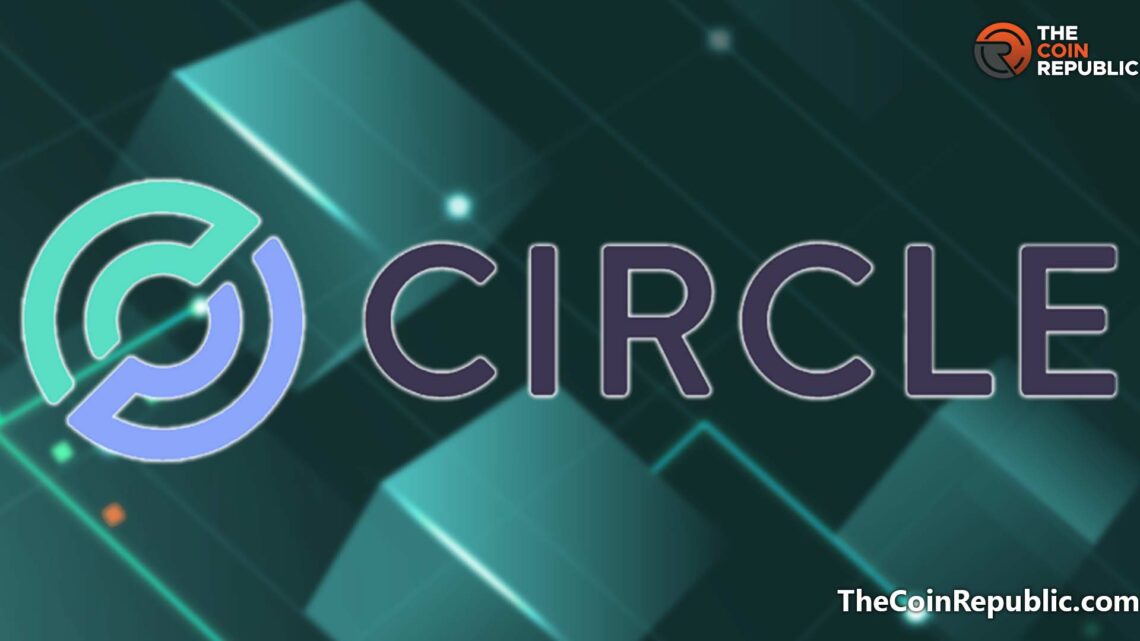- The CCTP and GMP combination is a step towards cross-chain interoperability.
- Users will be able to buy NFTs on OpenSea from a Solana based wallet.
- Axelar’s GMP is much better than a regular cross-chain bridge.
There are several chains in the Blockchain ecosystem, however, interoperability could certainly do with improvements. “Axelar is a decentralized and permissionless cross-chain platform, offering secure cross-chain communication and cutting-edge developer tooling.” Axelar will be combined with Cross Chain Transfer Protocol (CCTP) to improve web3 user experience.
According to Circle, CCTP is a “permissionless protocol that uses the same cross-chain burning and minting process as a commercial Circle Account – enabling users to move USDC natively across chains.” Axelar developed the General Messaging Passing (GMP) which allows more than wrapped assets to be transferred across chains.
The combination of CCTP and GMP will make it possible to transfer coins and assets seamlessly with just one click. The United States Dollar Coin or USDC is a stablecoin managed by ‘Centre,’ which is managed by Circle. Post combination, the USDC will be composable which means users will be able to conduct transactions across chains from a single chain.
How bad is user experience on blockchains and why is interoperability important
On its own, a chain may be reasonably easy to connect with or use or even participate in. However, things change dramatically when transferring assets and value across chains.
Presently, using different chains simultaneously is cumbersome. One has to go through different interfaces and bridges; deal with multiple wallets and make multiple transactions. Essentially, the user-interface is poor because the blockchain ecosystem is so primitive in terms of interoperability. This weakness drives down the pace of web3 adoption.
Tokens and cryptocurrencies held in one chain are different in different chains. It is possible to transfer value and communicate across chains but it is expensive and time consuming. Non-native assets are transferred across chains via bridges and have to be ‘wrapped’ in digital vaults. Also, bridges are highly unsafe. Bridges are vulnerable to attacks because they are not
Different blockchains exist because of various needs that drive the need for specific designs. Some chains offer more security while some might offer more performance, while some may support tokens that are not compatible on other chains.
Designing new chains may solve specific problems, however, interoperability can drive the growth of blockchain exponentially. The average user might not expect the “perfect” experience for a particular use case. Rather, a relatively broad set of capabilities, decent performance and security standards are what most users might expect. The idea of using different blockchain for different uses can be a nightmare for some. This is why interoperability is quintessential for the rapid growth of blockchain in terms of both expansion
Steve Anderson is an Australian crypto enthusiast. He is a specialist in management and trading for over 5 years. Steve has worked as a crypto trader, he loves learning about decentralisation, understanding the true potential of the blockchain.


 Home
Home News
News










